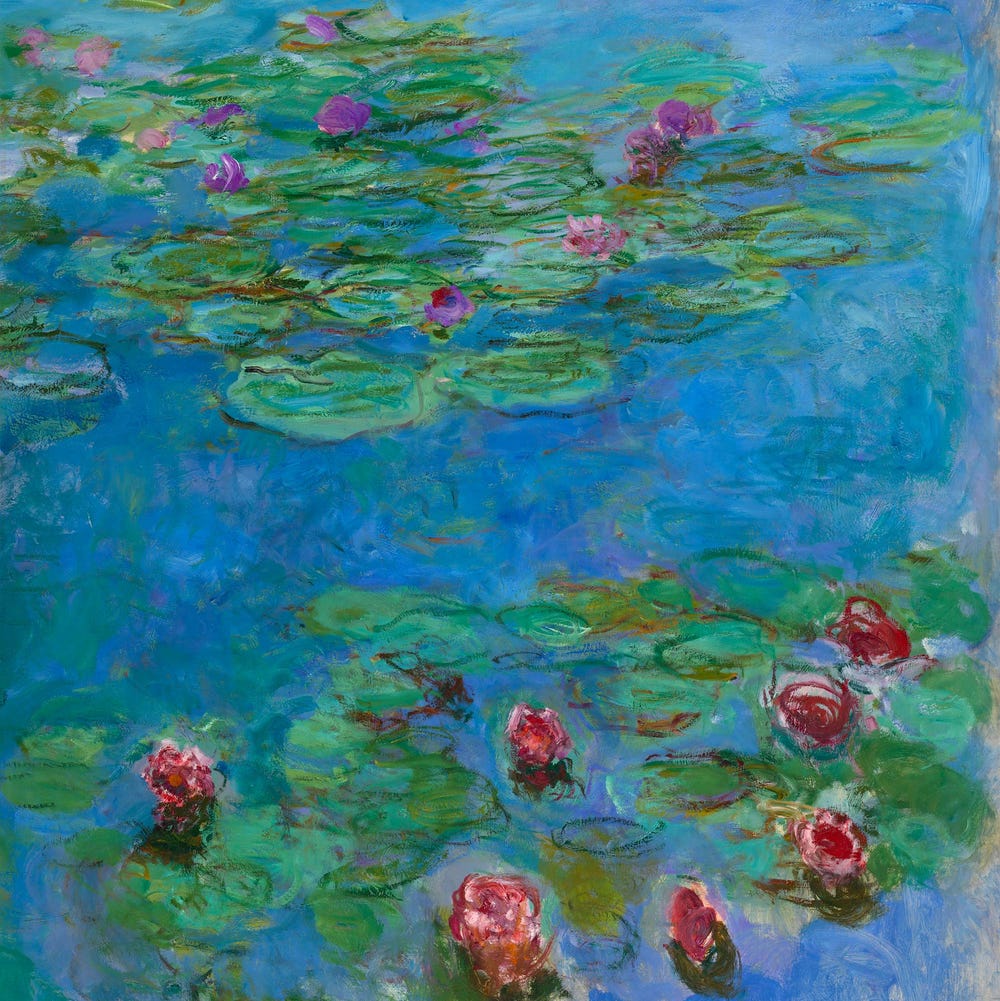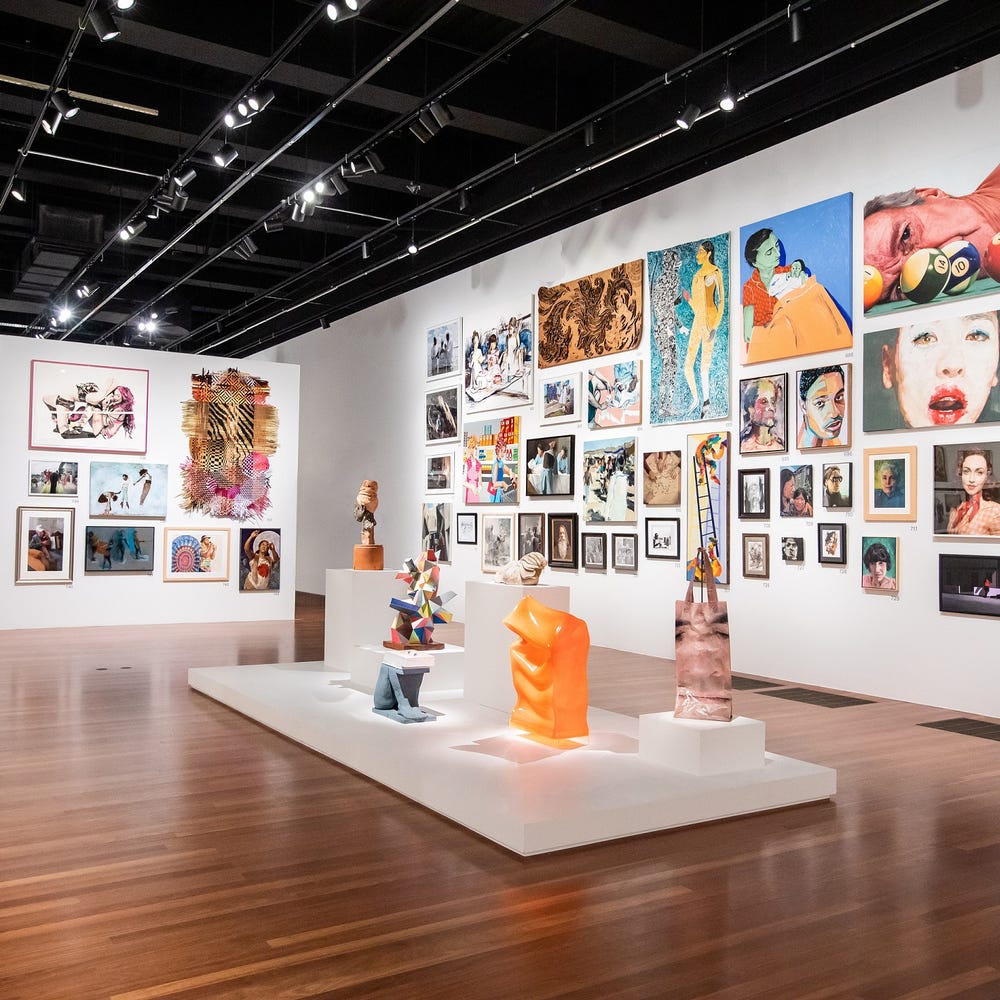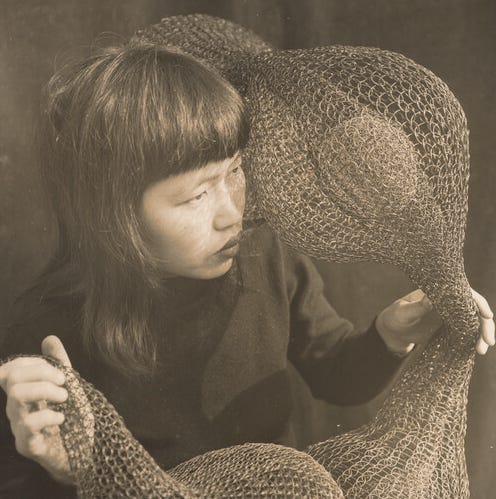Art in Short: Lavinia Fontana, Renaissance Woman
By Magnolia Molcan, senior web managing editor
May 1, 2024
Lavinia Fontana (Italian, 1552–1614), Portrait of Bianca degli Utili Maselli and Her Children (detail), ca. 1605. Oil on canvas, 98 x 133.5 cm. Fine Arts Museums of San Francisco. Museum purchase, Margaret and William R. Hearst III, Lisa and Douglas Goldman Fund, John A. and Cynthia Fry Gunn, Dagmar Dolby, and The Roscoe and Margaret Oakes Endowment Income Fund in celebration of the Legion of Honor centenary, 2024.7. Photograph by Randy Dodson
This portrait by Lavinia Fontana, full of rich detail, invites us in to look closer at the life of a Roman noblewoman and her family in the early 1600s — a life of privilege but also tragedy and grief. Acquired in 2024, it is the earliest work by a woman to enter our European paintings collection. Here are five things to know about the groundbreaking artist behind this exceptional painting.
Lavinia Fontana (Italian, 1552–1614), Portrait of Bianca degli Utili Maselli and Her Children, ca. 1605. Oil on canvas, 39 x 53 1/4 in. (99 x 135.3 cm). Fine Arts Museums of San Francisco. Museum purchase, Margaret and William R. Hearst III, Lisa and Douglas Goldman Fund, John A. and Cynthia Fry Gunn, Dagmar Dolby, and The Roscoe and Margaret Oakes Endowment Income Fund in celebration of the Legion of Honor centenary, 2024.7. Photograph by Randy Dodson
1. Her career was groundbreaking.
Lavinia Fontana was one of the most successful women artists of the Italian Renaissance. And the first to find success outside of a court or convent. A leading portraitist, the ambitious artist also obtained major public commissions for altarpieces. Plus, she was one of the first women accepted as members of the Accademia di San Luca, the Roman artists’ academy.
2. She did not do windows.
Lavinia Fontana learned to paint from her father, Prospero Fontana, a working artist in Bologna. Having an artist as a father was one of the only ways women could access training during this time. She was already an established portraitist when she married Gian Paolo Zappi, one of her father’s studio assistants. Unusual for the time, their marriage contract specified that she would continue her career and would not be responsible for housekeeping. Over the next four decades, even as she had 11 children, she took on commissions of increasing importance. Her husband gave up his own career to support her, acting as her agent and manager of her thriving studio.
3. She had 11 children, and painted many more.
Detail of Bianca degli Utili Maselli
Detail of Bianca degli Utili Maselli’s daughter, Virginia
The fact that Fontana had 11 children — of which only three survived her — makes her images of families especially poignant. In Portrait of Bianca degli Utili Maselli and Her Children (ca. 1605), she depicts the Roman noblewoman surrounded by five sons and a daughter — the youngest child, holding her mother’s finger and the dog’s paw. While the sons on the left mirror their mother’s regal gaze, the boys on the right can’t keep still (a reality of childrearing today’s parents can certainly relate to). Bianca degli Utili Maselli died at age 37 from complications after the birth of her 19th child. Like Fontana’s children, the majority died in infancy. Those in the portrait were likely the only six still living when the image was painted.
4. She knew how to paint luxury.
Fontana had an eye for detail, and was known for her skill in depicting the luxurious clothing and jewelry of her sitters. In this painting, the family is shown in matching ruffs of delicate lace and rich fabrics with gold details. There are gleaming ropes of pearls, sparkling rings, and coral bracelets. Both mother and daughter wear luminous pearl earrings.
5. There was more to her artworks than meets the eye.
Detail of the sons with a songbird
Detail of the sons with a gold medallion
Here, Fontana also uses her eye for detail to add symbolism throughout the image. Each sitter is paired with a unique accessory: a quill pen and inkwell, a gold medallion, a songbird, a silver cup of figs, a small dog. These were meant to reflect each individual’s personality and virtues: the pen and ink for studiousness, the dog for faithfulness, and so on.











